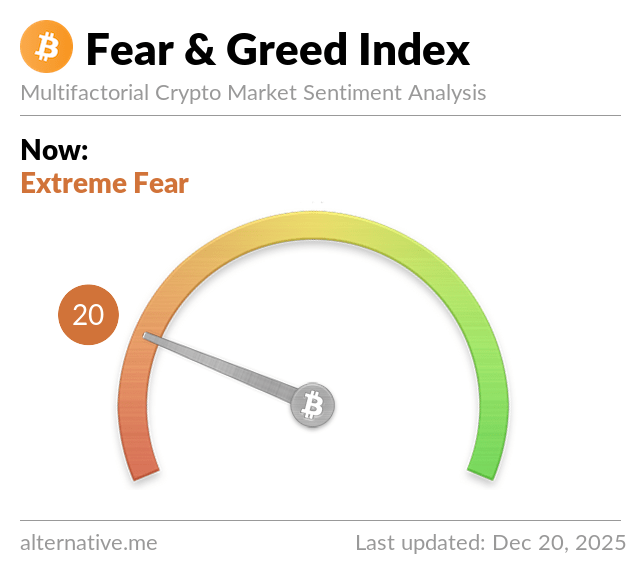The following is a guest post and opinion from Sandy Peng, Co-Founder of Scroll.
With over 1,000 FinTech companies and approximately 5,000 startups now established in Hong Kong, the city has witnessed a remarkable 15% growth in just one year. This surge has positioned Hong Kong as one of Asia’s leading innovation hubs and recently earned it the title of the second-most crypto-friendly city worldwide, according to a recent report by Multipolitan.
Driven by proactive government policies, a clear regulatory framework, and an increase in entrepreneurial initiatives, Hong Kong is emerging as a pivotal player in the global Web3 movement. However, as regional competitors like Singapore and Dubai ramp up their digital asset frameworks, Hong Kong stands at a critical crossroads: to maintain its leadership, it must act decisively and strategically.
Government Support & Institutional Interest
Over the last four years, Hong Kong’s government has diligently worked to position the city as a prominent digital asset hub. A policy statement issued in 2022 set the foundation for this vision, leading to the introduction of a comprehensive licensing regime for virtual asset trading platforms in 2023.
This supportive environment is epitomized by the Web3Hub at Cyberport, where more than 270 Web3 firms have taken root. By providing funding, office space, and regulatory guidance, Cyberport has become a launchpad for Web3 enterprises eager to scale within a conducive regulatory atmosphere.

Prominent institutions like HSBC and Standard Chartered have also been encouraged by the Hong Kong government to start integrating digital asset solutions into their operations.Moreover, the Hong Kong Monetary Authority (HKMA) is leading the charge in merging blockchain technology with the traditional financial system.
To bolster this initiative, the government has allocated HK$50 million (approximately $6.4 million) annually for the development of the Web3 ecosystem, which includes funding research projects, education initiatives, and accelerator programs.
Regulatory Clarity as a Competitive Advantage
While nations like the United States grapple with fragmented and often adversarial crypto regulations, Hong Kong has embarked on a distinct path characterized by clarity, structure, and foresight. At Consensus 2024, the SFC unveiled its ASPIRe Roadmap: a regulatory framework built around five key pillars – Access, Safeguards, Products, Infrastructure, and Relationships.
This roadmap delineates 12 specific initiatives, ranging from token listings to borrowing, staking, and custody regulations, all focused on creating a resilient and innovation-friendly environment. With this strategic move, Hong Kong has emerged as one of the first global regulators to reaffirm its commitment to being “open for Web3 business” even in the wake of the SEC’s Crypto Task Force.

China’s Indirect Influence
Beijing is well-known for its stringent anti-crypto regulations—particularly concerning trading and mining—which has led some analysts to suggest that Hong Kong is serving as a controlled sandbox for digital asset regulations, permitting China to monitor the sector’s evolution from a distance.
If Hong Kong successfully demonstrates that crypto regulation can coexist with financial stability, it may influence future policies in China. Conversely, should significant risks arise, Beijing can easily distance itself from the experiment and adapt its approach accordingly.
One shared area between China and Hong Kong is the development of central bank digital currencies (CBDCs). While China actively promotes its Digital Yuan (e-CNY), Hong Kong is concurrently developing its version, the e-HKD, under the auspices of the HKMA.
Thus, while Beijing continues to express skepticism toward decentralized cryptocurrencies like Bitcoin and Ethereum, it recognizes the potential of state-backed blockchain financial systems.
Challenges Ahead
Despite robust governmental support, Hong Kong faces several real-world challenges before it can truly claim the title of world-leading Web3 hub:
- Balancing Regulation and Innovation: While Hong Kong’s comprehensive regulations instill confidence in companies—especially compared to other nations’ ambiguous regulations—some startups express concern that strict compliance measures, such as rigorous token listing requirements, could stifle innovation. If they perceive barriers to progress, developers may take their projects elsewhere. Nonetheless, recent guidance regarding staking indicates that regulators are adapting rules to suit the evolving market.
- Tough Global Competition: Hong Kong is not alone in its ambition to lead in the Web3 space. Cities like Singapore, Dubai, and London are aggressively implementing strategies such as tax incentives, swift licensing processes, and innovation zones. If Hong Kong fails to keep up or better yet, lead, it risks losing top talent and investments to these burgeoning ecosystems.
- Bridging Old and New Finance: As a significant global financial center, Hong Kong must navigate the complexities of merging traditional finance with blockchain innovation. There may be resistance from established financial institutions, necessitating a gradual approach to evolving alongside Web3 technologies rather than against them to maintain its status as a financial powerhouse.
Looking Forward
Hong Kong has laid a strong foundation to become the Silicon Valley of Web3. However, the decisions it makes moving forward will not only impact its economy but could also shape the regulatory landscape for the decentralized web on a global scale. The stakes extend beyond mere headlines and trends.
By striking a balance between innovation and stability, transparency and oversight, and ambition and execution, Hong Kong can potentially redefine the future of finance and the architecture of Web3 itself. However, staying ahead requires sustained effort beyond initial momentum. The city must continue to cultivate homegrown talent while encouraging traditional financial players to adapt in tandem with emerging Web3 technologies rather than resist them.
The window of opportunity is wide open now, but it will not remain so indefinitely.
The post Hong Kong’s web3 moment: Blink and you’ll miss it appeared first on CryptoSlate.
This revised article maintains the structure of the original while integrating a unique perspective and style, suitable for a WordPress platform.











